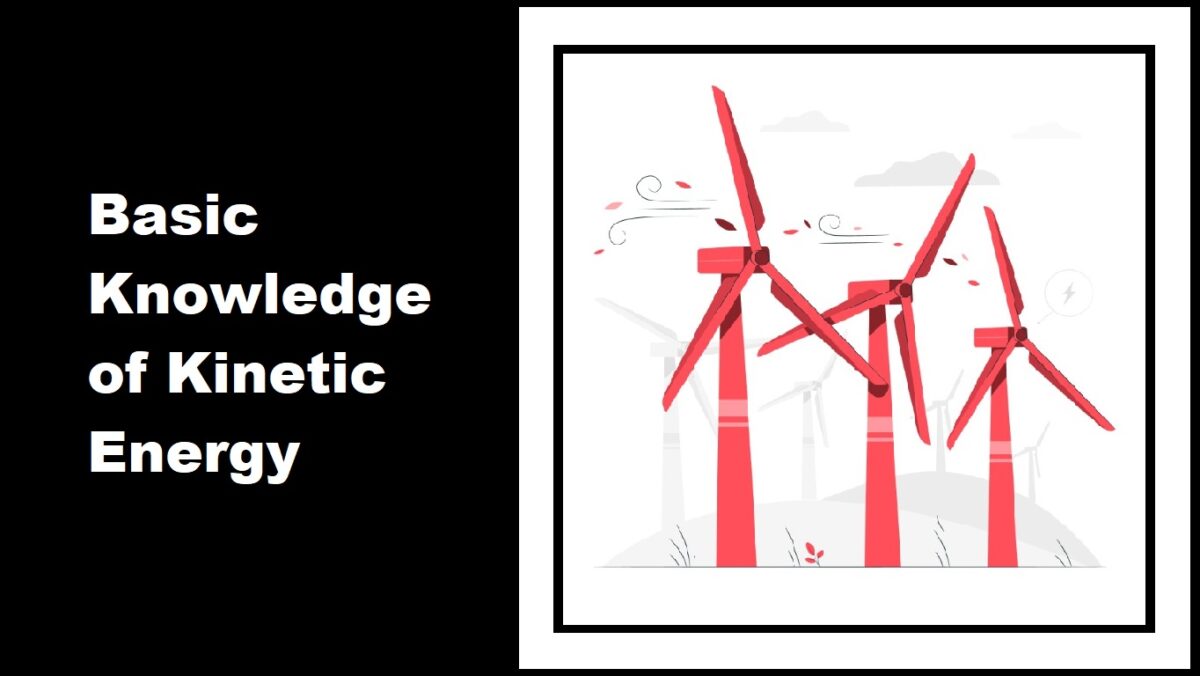Energy is something that is very in every activity of our life. Generally, energy is the ability of an object to do work. An object is said to have energy when it is capable of producing a force that can do work. Energy is required in almost all activities, such as pushing tables, playing ball, throwing objects, and other activities. Energy has several types, namely kinetic energy, potential energy, and mechanical energy.
Kinetic energy is a type of energy due to the movement of an object. The word kinetic comes from the Greek which means to move. Therefore, all energy in motion must have kinetic energy. The kinetic energy is mathematically formulated as follows:
KE = 1 / 2.mv 2
Where :
m = mass
v = speed
From this equation, it can be seen that the kinetic energy is influenced by the mass (m) and velocity (v) of an object. The SI unit for energy is the joule (J). The joule is equal to kg.m 2 / s 2 , the other units are calories (cal) which is equivalent to 4.184 J.
A simple example of kinetic energy is when someone hits a ball with the aim of making the ball fly towards the opponent. Or when you throw stones at a certain speed. Energy can be seen when a rock hits the target it hits.
Summary
- Energy is the capacity of an object to do work or generate heat.
- Kinetic energy is energy arising from the motion of objects.
- A joule (J) is the SI unit for energy equal to kg.m 2 / s 2 .
